Back to Courses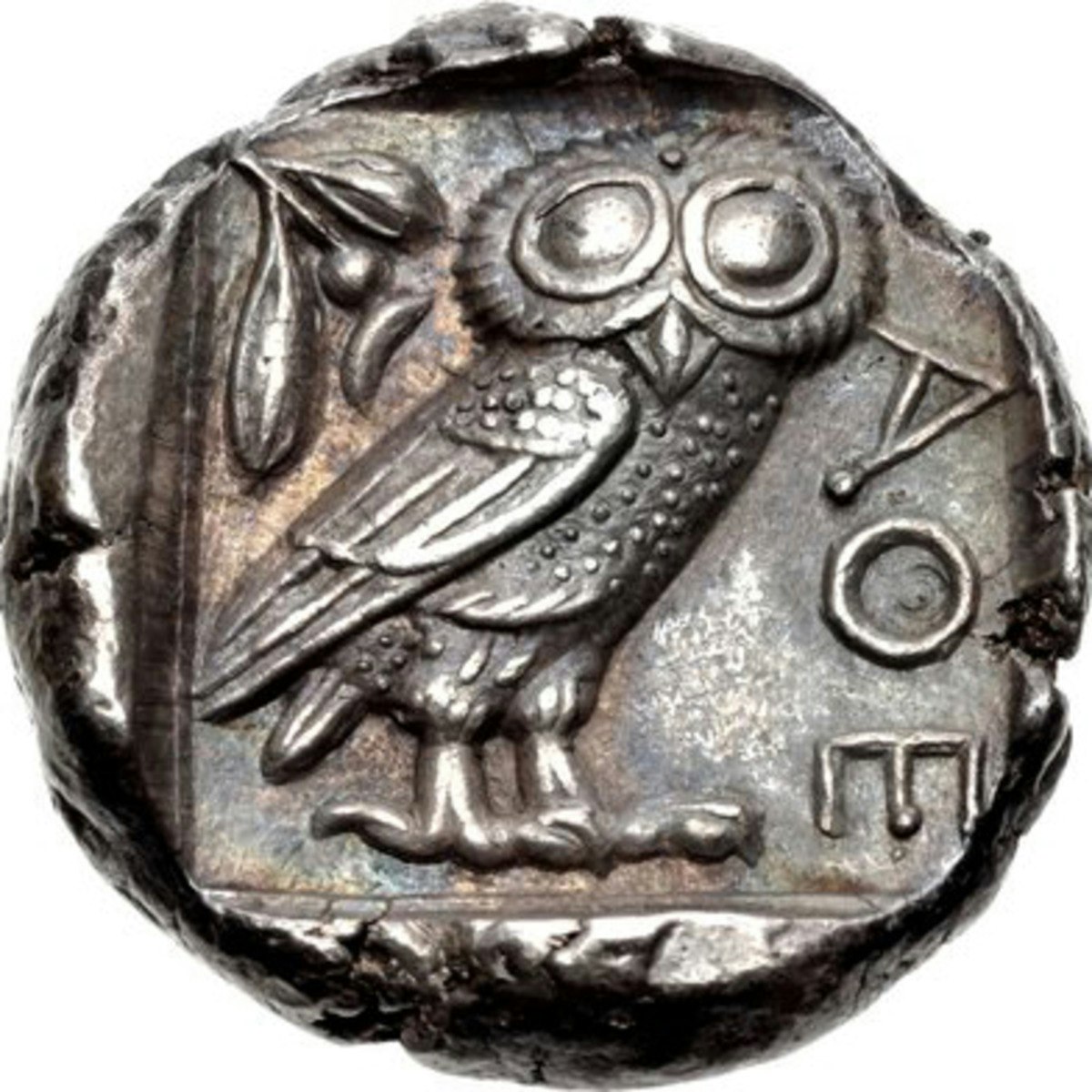

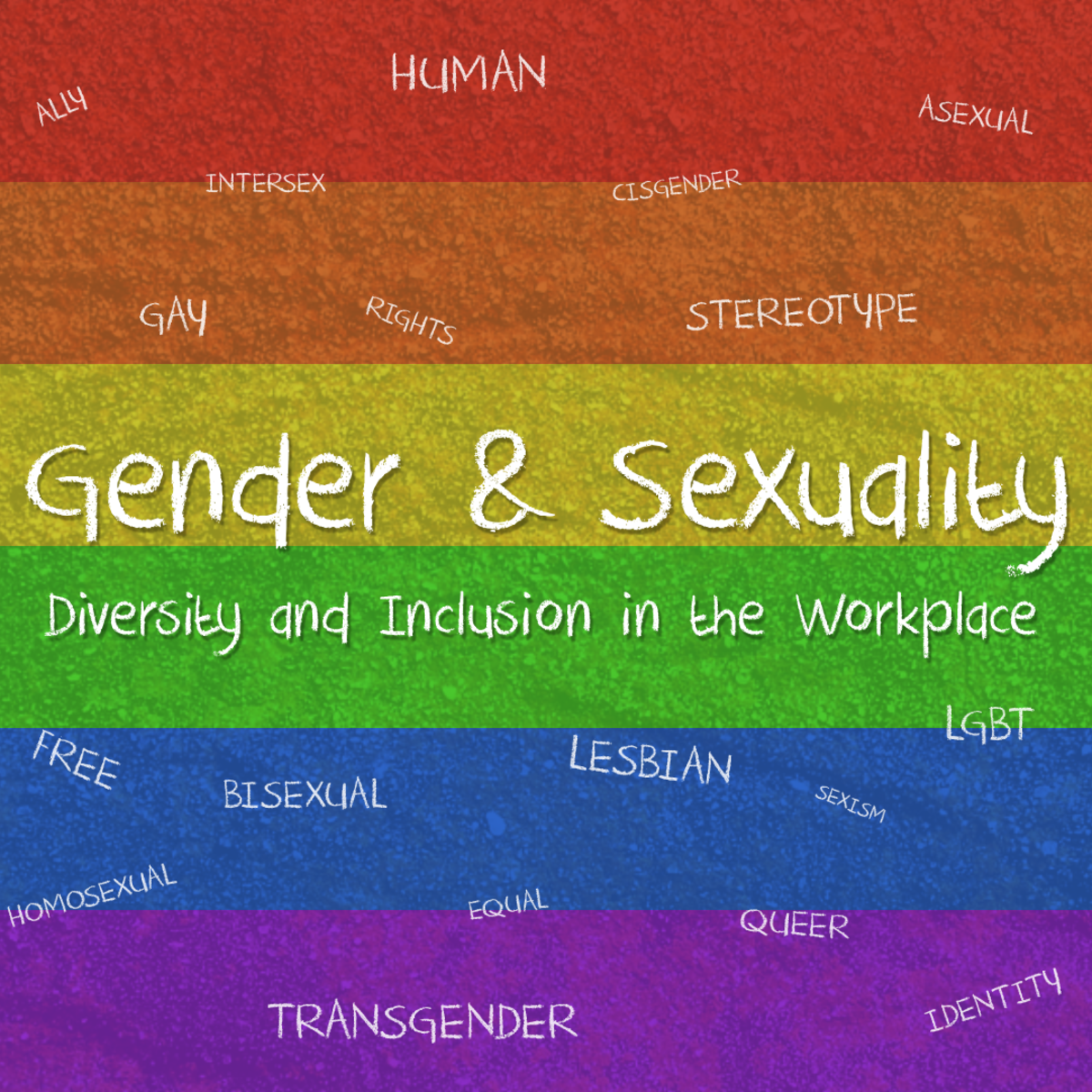

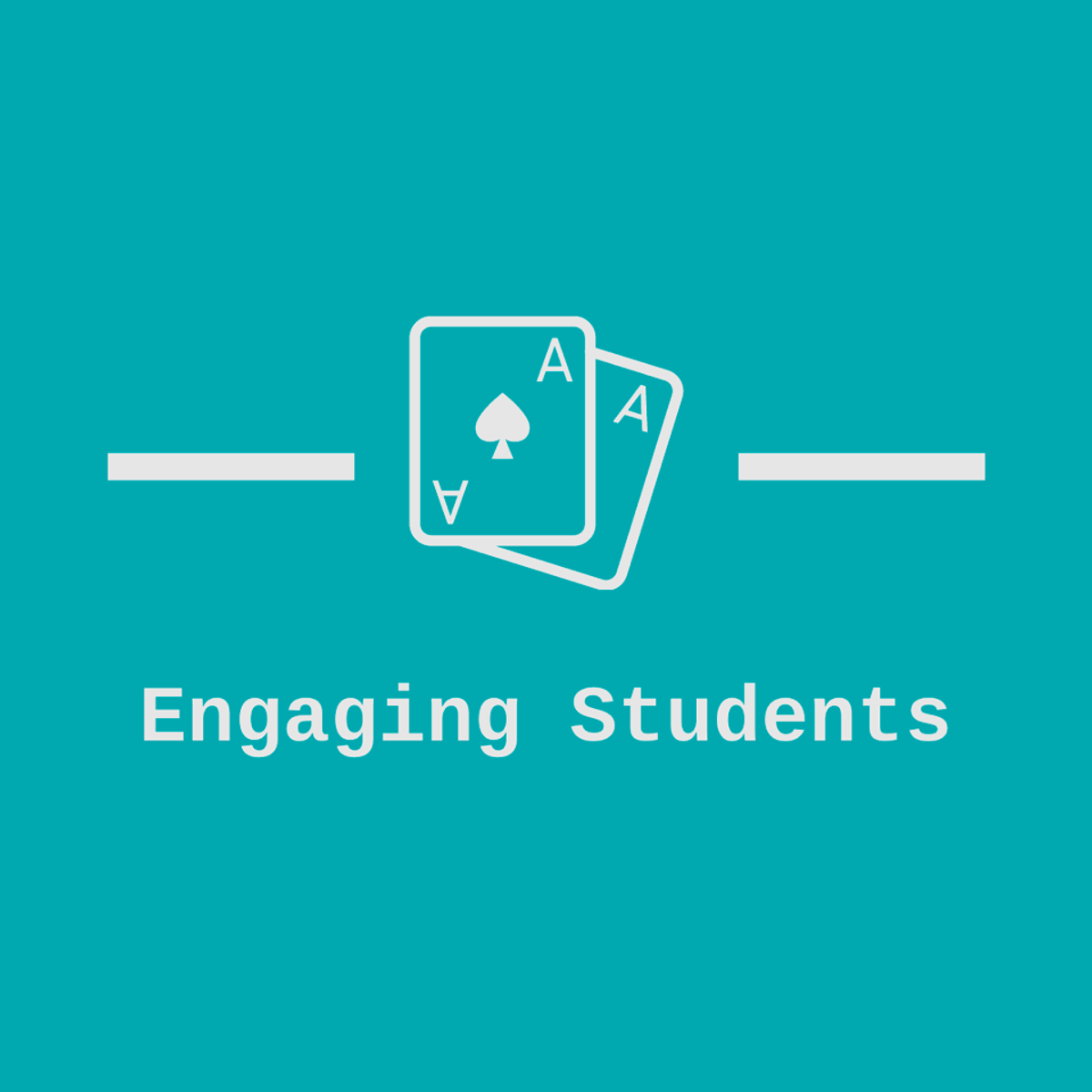


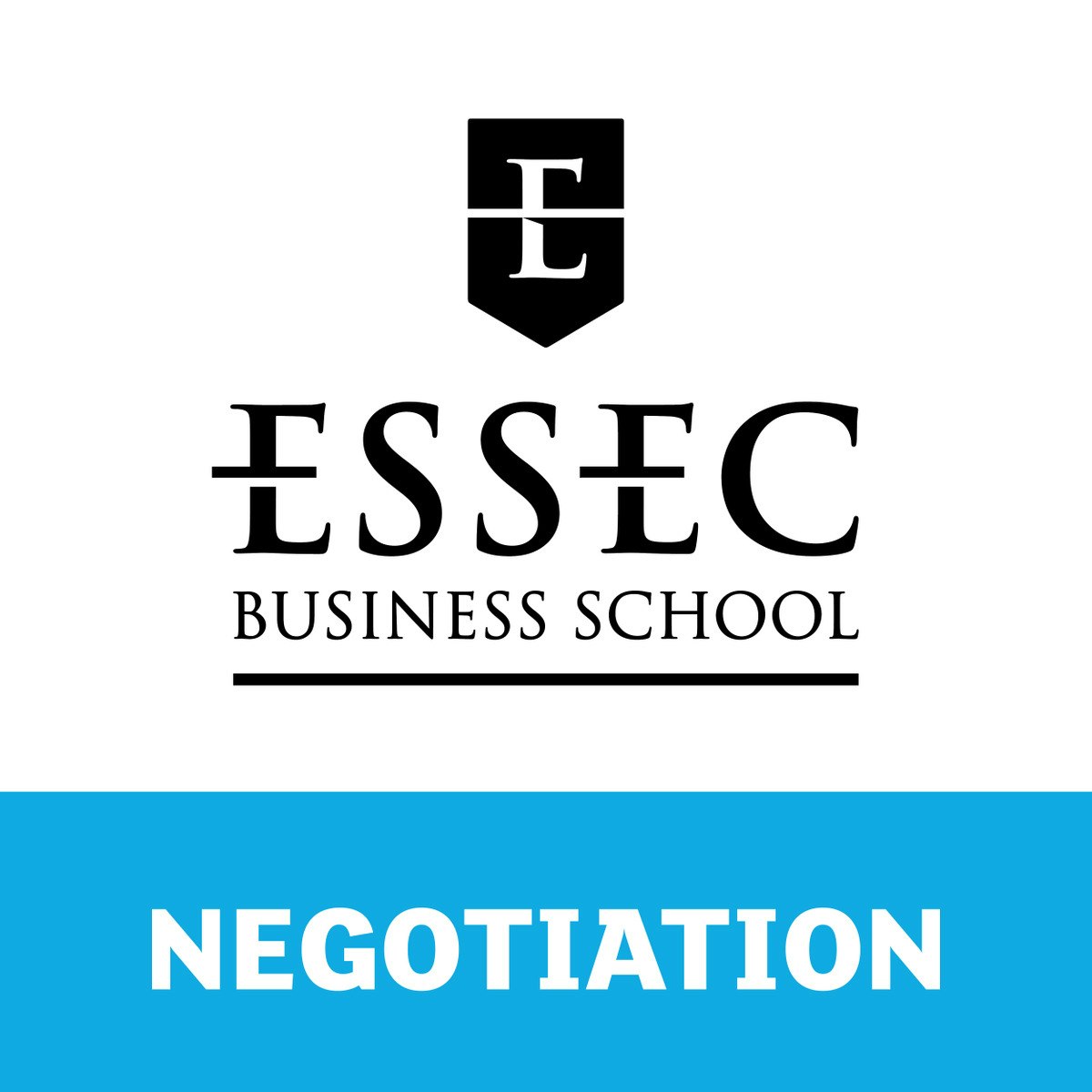
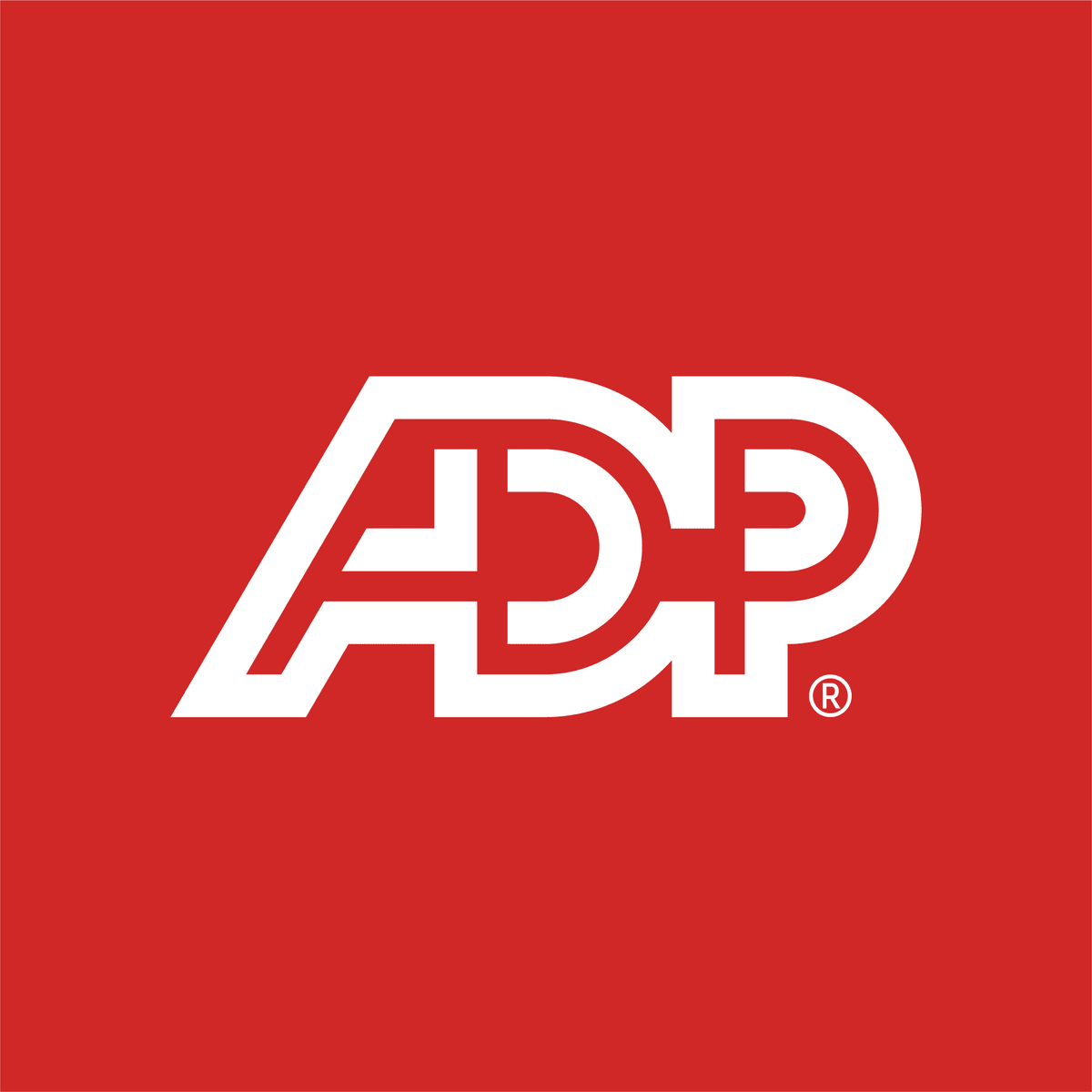

Personal Development Courses - Page 24
Showing results 231-240 of 514

Know Thyself - The Value and Limits of Self-Knowledge: The Examined Life
According to legend, inscribed on walls of the temple on the sacred site of Delphi in Ancient Greece were two premier injunctions: NOTHING IN EXCESS, and KNOW THYSELF. This course will be an examination of the latter injunction in an effort to discover what self-knowledge is, why it might be valuable, and what, if any, limitations it might face. What is missing from a person lacking in self-knowledge that makes her less wise, virtuous, or competent in certain areas than others who have this capacity, and what if anything might she do to fill that gap? Historical sources as well as recent research in philosophy, experimental social psychology, and neuroscience will inform our investigation, in the course of which we will become students of our own dreams, and cultivate some meditative practices.
Learning Outcomes:
Learners will gain familiarity with prominent themes from Western, classical Chinese, and Buddhist approaches to our knowledge of ourselves. In the course of doing so, they will gain an appreciation of the relation of self-knowledge to wisdom, of the value of intellectual humility, as well as of methods of learning about oneself that do not depend on introspection.
Learners will also become familiar with contemporary research in experimental social psychology, philosophy, and neuroscience into the emotions, the unconscious, the role of affect in decision making, and self-deception. They will also gain an appreciation of a challenge to the assumption of a coherent, unified self that derives from the Buddhist tradition.
---
This course was created by a partnership between The University of Edinburgh and Humility & Conviction and Public Life Project, an engaged research project based at the University of Connecticut and funded by a generous grant from the John Templeton Foundation.

Leading Oneself with Personal Excellence
Before we can lead others well, we must first learn to lead ourselves well. Knowing personal excellence is the culmination of this journey. In this course, you will describe how and why to set goals and create action plans, increase your focus and reduce distraction, harness motivation and flow state for performance, build self-efficacy and agency, and redefine your relationship with stress, anxiety, fear and adversity.
This course can be taken for academic credit as part of CU Boulder’s Master of Engineering in Engineering Management (ME-EM) degree offered on the Coursera platform. The ME-EM is designed to help engineers, scientists, and technical professionals move into leadership and management roles in the engineering and technical sectors. With performance-based admissions and no application process, the ME-EM is ideal for individuals with a broad range of undergraduate education and/or professional experience. Learn more about the ME-EM program at https://www.coursera.org/degrees/me-engineering-management-boulder.Happiness

Gender and Sexuality: Diversity and Inclusion in the Workplace
What is sex? What is gender? What is sexuality? What do we mean by LGBTQIA? How are these concepts related to the workplace? How have our understandings of these terms changed over time, and how have these changes impacted work and culture? To help you answer these important questions, this course will introduce you to the exciting field of gender, sexuality, and women's studies, and to LGBTQIA identities. We will use a range of interdisciplinary concepts, tools, and methods to understand and analyze how identity shapes our experiences in culture and in the workplace. Because we all live with gender expectations, this course is crucial for any profession, and for understanding the world around us. Also, you will learn key concepts that will help you to interpret and understand the world we share.

Introduction to Public Speaking
This course gives you a reliable model for preparing and delivering effective presentations.
In business, in school, and in public life, we are often called upon to “make a few comments.” Often, people tasked with such speeches become flummoxed. They might not know what to talk about, or ramble without making a point, or simply be confusing to listen to. This course is designed to help you shine where others falter.
We’ll learn how organize talks clearly, write them memorably, and deliver them confidently. By the end of the course, you should be able to significantly reduce your fear of public speaking, use rehearsal techniques to develop a strong, vibrant speaking voice, and perform speeches with dynamic movement and gestures. The speech model that we’ll practice is useful for briefings, elevator talks, interviews, and even as a structure for hour-long presentations.
If you’re a beginner, this course will help you quickly master the fundamentals of speaking. If you’re a seasoned speaker, this course will help you better understand public speaking and push you to the next level.

Engaging and Assessing Students with Plickers
By the end of this project, you will have created a Plickers account complete with Plickers assessments, fully equipping you to begin using Plickers with your students right away. Plickers is a free online tool that allows you to instantly check student understanding. Best of all - your students do not need their own devices in order to use Plickers. Plickers allows students to respond with QR codes as you scan the room to check for understanding! During this project, we will work together to set up your Plickers account and learn how to create assessments you can use with your class or at home. We will also learn how to use the data we collect from these assessments in order to inform and adjust our instruction.
*You will need a free Plickers account for this project.

How to Use the CPM to Analyze and Set Your Strategy
In this 1-hour long project-based course, you will learn how to analyze your industry and identify your competitive advantage with the Competitive Profile Matrix (CPM). CPM is a strategic management tool that enables you to benchmark you company in relation to competition and then identify the relative strengths and weaknesses of all the competitors based on some Critical Success Factors (CSFs). The CSFs are assigned weight based on their perceived importance, ranked based on their strengths and weaknesses, then the weight is multiplied by the rank to get the weighted score, and then the sum of the weighted score reveals the company with the dominant strengths in the industry.
Essentially, the competitive profile matrix CPM allows a company to easily visualize its competitive landscape on a single page. And so, to demonstrate the application of the CPM matrix, we will use a spreadsheet to analyze a division of our energy services company together. The example of the case study would empower you to use the model to analyze your company or any other company of your choice. The project is for business leaders who want have a deep insight on their competitive environment and how their company fare relative to competition. Also, for strategist who are interested in helping organization in making informed strategic decisions. At the end of the project, you will be able to use the CPM to analyze your company, identify the strengths and weaknesses of the competitors, and use the model to shape your strategy

Performance Assessment in the Virtual Classroom
Welcome to Performance Assessment in the Virtual Classroom! This course will help you effectively assess student performance virtually, including compliance issues, feedback models, online grade book functions, and data analysis. We will discuss why effective measures of performance and assessment are a crucial component of any virtual program, and the importance of teachers and administrators understanding both the myths and challenges of assessing performance virtually, administering standardized testing with geographical challenges, and complying with state and local requirements to make sure students are meeting requirements.
Through the successful completion of this course, you will be able to:
• Examine the importance of authentic performance and assessment in the virtual classroom.
• Discuss academic integrity and remote assessments in the virtual classroom.
• Apply best practices for data analysis and grade book management.
• Consider performance and assessment for special populations: gifted, at-risk, and special needs students.
• Discuss the importance of instructional feedback and monitoring progress and performance using technology.

Negotiation, Mediation, and Conflict Resolution - Capstone Project
This course has been designed to help you apply knowledge, skills, and know-how you have developed in negotiation and in mediation, both as a result of your own practice and the follow up of the previous Courses of the ESSEC “Negotiation, Mediation, and Conflict Resolution” specialization.
Before you enroll this course, we strongly recommend that you acquire the necessary pre-requisites. A number of tools, concepts, and methods are outlined in 3 MOOCS: Negotiation Fundamentals, Cross-cultural Negotiations, and Mediation & Conflict Resolution.
To be more specific, the following subjects must be mastered:
- Get prepared for any negotiation;
- Avoid traps;
- Know how to prompt value-creating partnerships;
- Structure an effective negotiation sequence;
- Bargain in an efficient and respectful manner;
- Overcome deadlocks;
- Manager cultural differences in a negotiation;
- Define what a mediation is and choose when to use it;
- List different types of mediation;
- Identify typical challenges and difficulties that most mediators face;
- Choose the adequate strategies within a repertoire of options;
- Identify the do’s and don’ts in mediation.
The purpose of this course is to help you to put everything together, sharpen your skills and enhance your command of negotiation techniques and behaviors.
We’ve designed this MOOC in a highly interactive way. You will be engaged in a negotiation with peers. You will demonstrate your improved capacity to analyze, and therefore conduct, negotiations and mediation.
This capstone project will comprise three exercises. Here is an overview.
In the first exercise, you will analyse a real-life negotiation of your own choice. As an expert of negotiation dynamics, you will provide your reader with a detailed analysis of this real negotiation. Indeed as a professional, your task might not always be to conduct a negotiation - but to analyse what is going on in a given negotiation, or to help others (your boss, for instance) get ready for a high-stake negotiation. Guidelines will be provided in a separate document, to help you structure your assignment.
For the second exercise, you will negotiate directly with a peer. We’ve prepared a business case inspired from a true story.
The third exercise is linked to the previous one. Imagine that this negotiation is not successful, and that the relationship between the two negotiators becomes too tense. You will be asked to step into the shoes of a mediator - and to structure a mediation process.
Each of these three exercises will be peer-evaluated.
As a result, it is really worth your engagement! Go ahead, engage fully into the exercises - you will have fun, and you will make further progress for real-life negotiation, mediation, and conflict management.

Valuing Excellence
Welcome to Leading StandOut Teams: Valuing Excellence!
In this course we’ll discuss how team culture and environment make a big difference to individual and organizational success; help you define success for and with your team; and explore how you can create the conditions that make your team feel comfortable sharing ideas.
By the end of the course, you will be able to:
- Analyze how team culture affects both individual and organization success.
- Define what success looks like for and with your team.
- Identify what strengths build success.
- Design the conditions to make your team feel comfortable sharing ideas that boost the team's overall productivity, performance, engagement, and more.
Modules Include:
One: Working Together. Focus on the importance of teams and discuss how team culture and environment make a big difference to individual and organizational success.
Two: Aligning on Team Success. Help define success for and with your team.
Three: Speaking Up. The environment you create for your team impacts the team's overall productivity, performance, engagement, and so much more. Learn how you can create the conditions that make your team feel comfortable sharing ideas.
This is a beginner's course, intended for team leaders with an interest in Leading StandOut Teams. It includes lecture videos by StandOut Strengths Coaches, practice quizzes, graded quizzes, peer-reviewed assignments, discussion prompts, and activity guides to facilitate ongoing learning and provide a structure to make sense of learning so that it can be embedded into real change.
To succeed in this course, you should be willing to self-reflect and open to shifting perspectives. Making the effort will result in a positive and fulfilling response.

Building and Managing Superior Skills
In this course, you will engage in developing and strengthening the functional component of your career brand. Acting as “your own Chief Executive Officer” (P. Drucker), you will learn how to use strategic management models and techniques for enhancing your skills portfolio. You will learn how to increase your human capital by developing and documenting high-demand marketable skills. After completing this course, you will be able to:
- Implement business strategy and models and tools, such as benchmarking and SWOT analysis, for identifying and analyzing your competitive strengths and addressing competency gaps in a skill-based, competitive job selection context;
- Understand evidence-based, data-driven skill assessment methodologies and techniques;
- Select appropriate assessment tools and apply them for a thorough, accurate, evidence-based and data driven self-assessment of your transferable skills;
- Create your critical competency profile ("The Self-Assessment Grid for Evaluation, or SAGE") and use it as an effective instrument for an objective, 360 degree self-assessment of your competitive strengths and competency gaps;
- Create and use an effective instrument for organizing, directing and monitoring your skill-building activities (“The Skill-Building Dashboard, or Skill-Builder”);
- Develop an effective tool (“The T-Portfolio”) for gathering and organizing samples of standards, best practices, assessment instruments and techniques in your chosen field;
- Effectively organize your self-management information system to systematically collect and analyze job-related data, evaluate and assess required competencies and skills, develop and implement plans for self-improvement, and monitor your progress;
- Develop and implement a realistic performance metric for your career development activities ("Your Present Job Market Value");
- Engage in self-coaching to support active self-development.
Popular Internships and Jobs by Categories
Find Jobs & Internships
Browse
© 2024 BoostGrad | All rights reserved